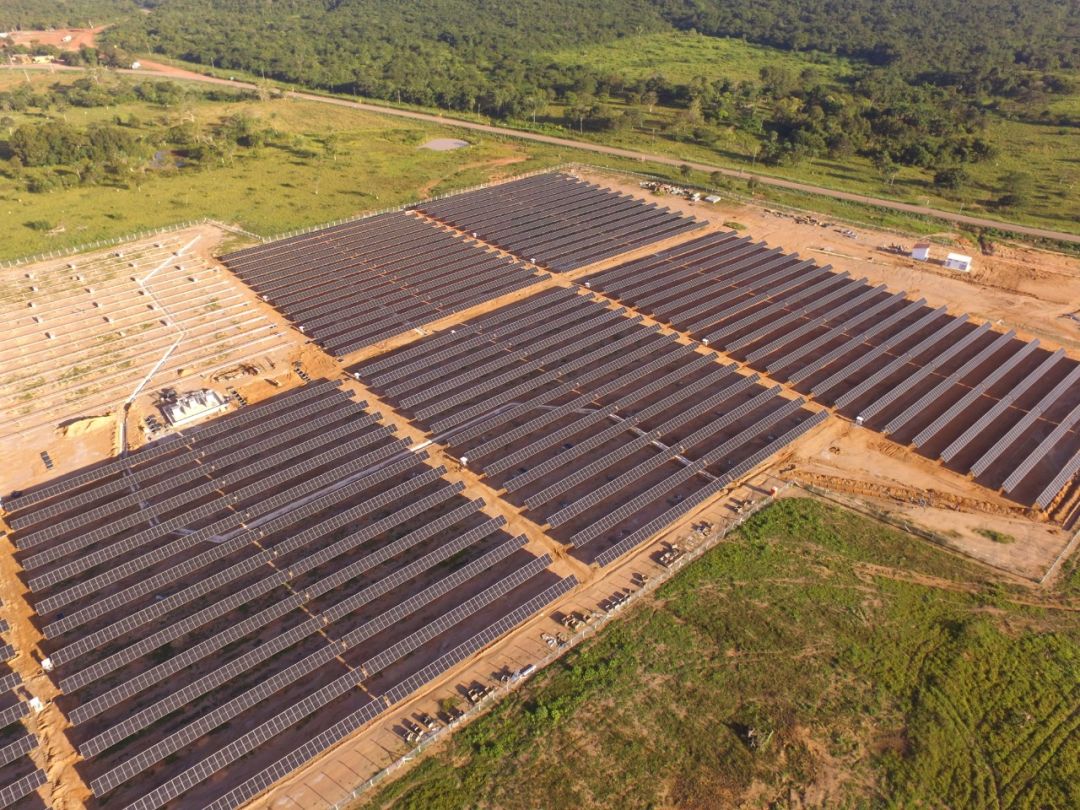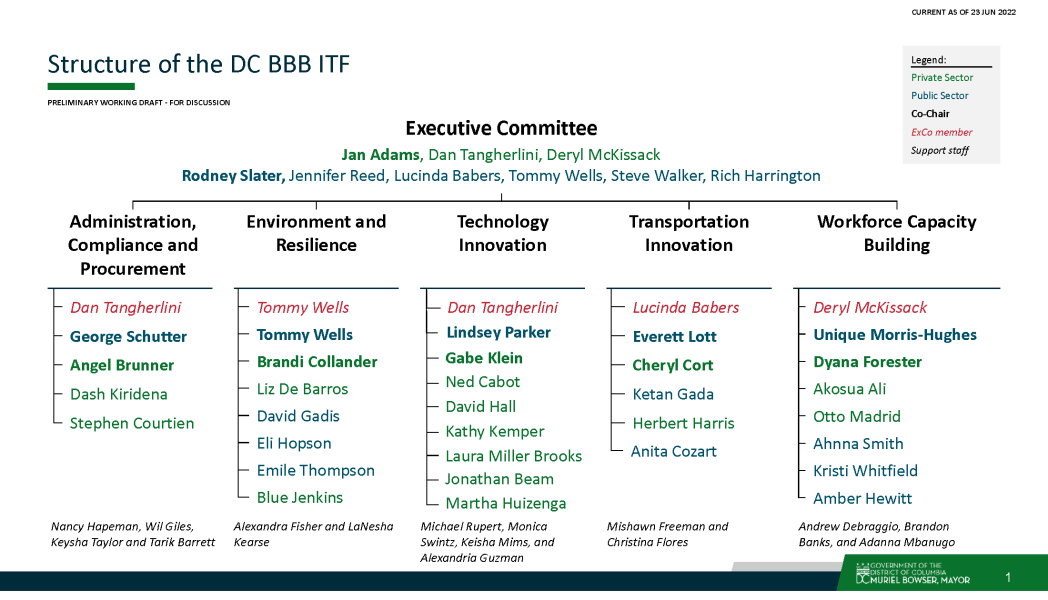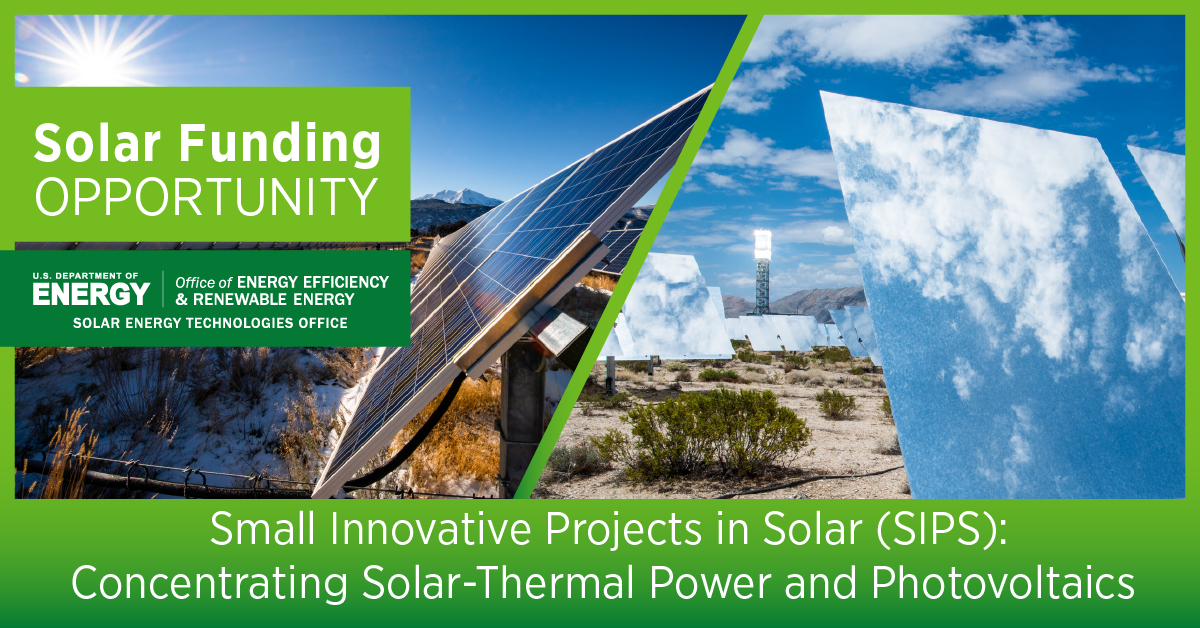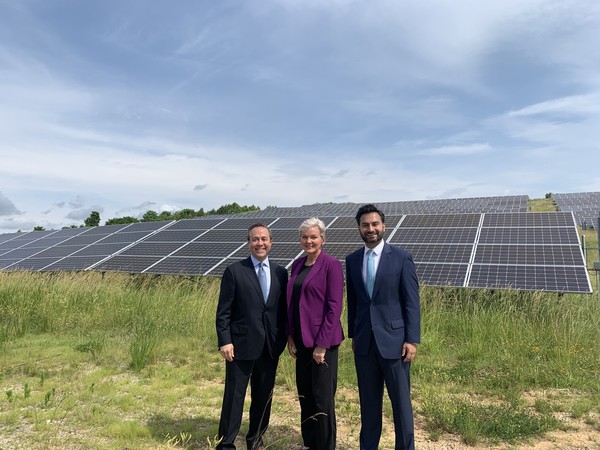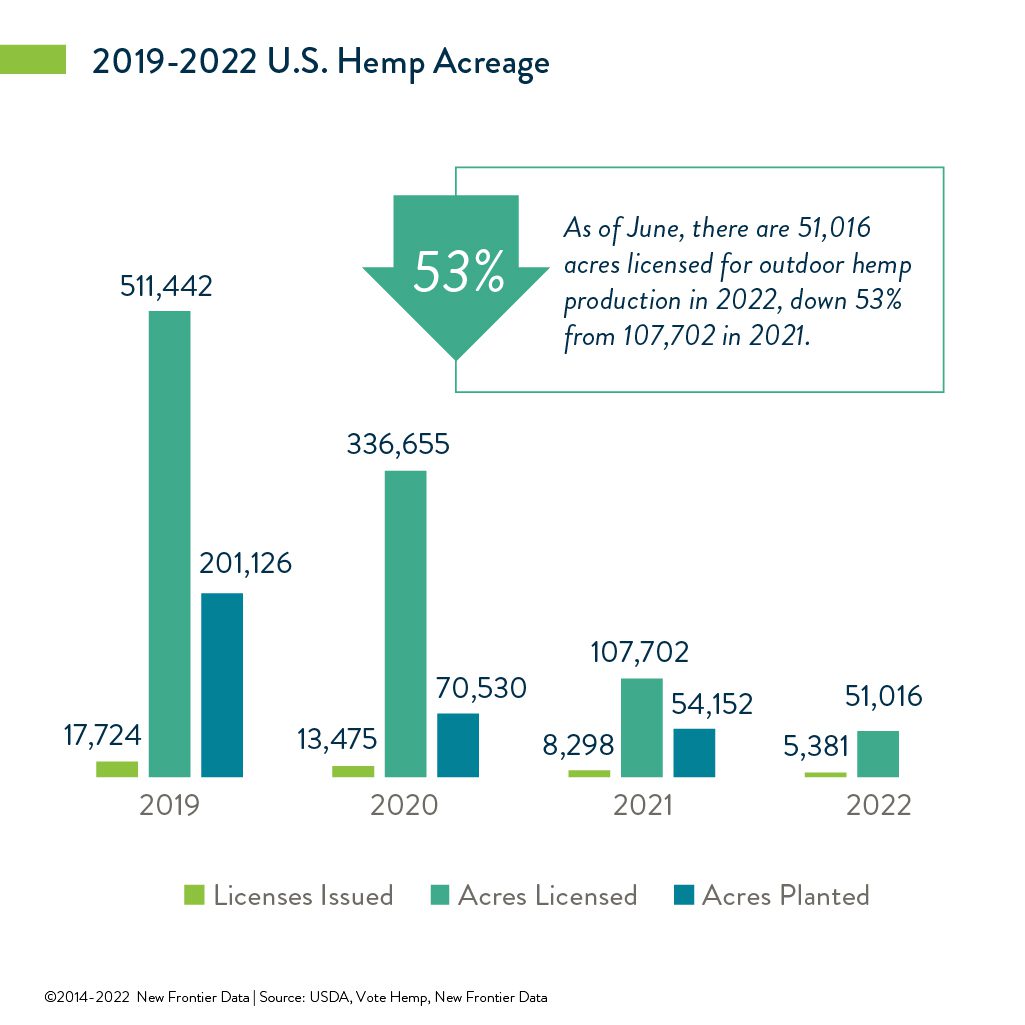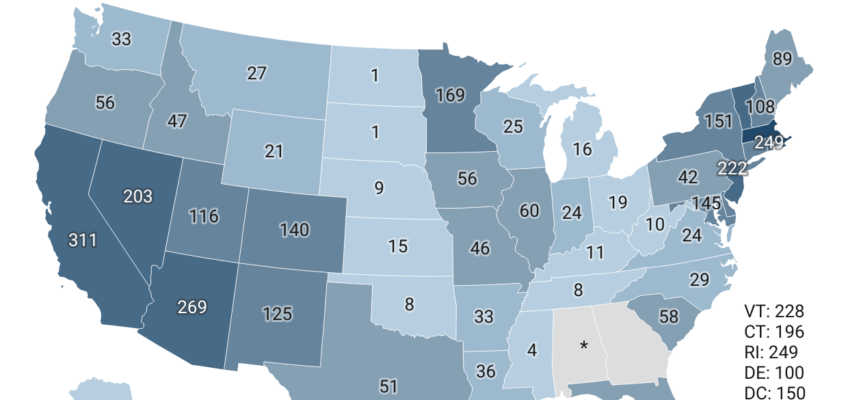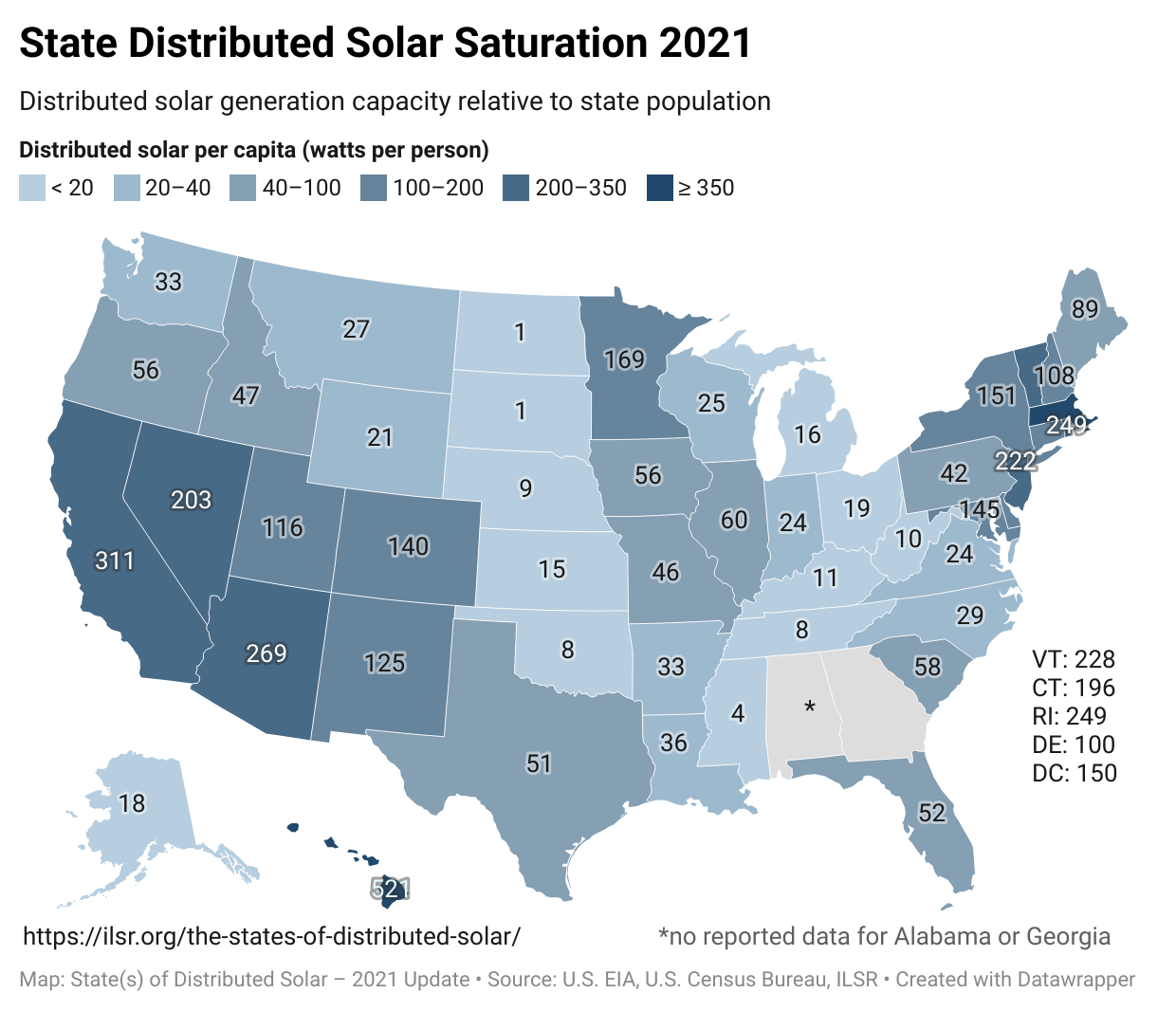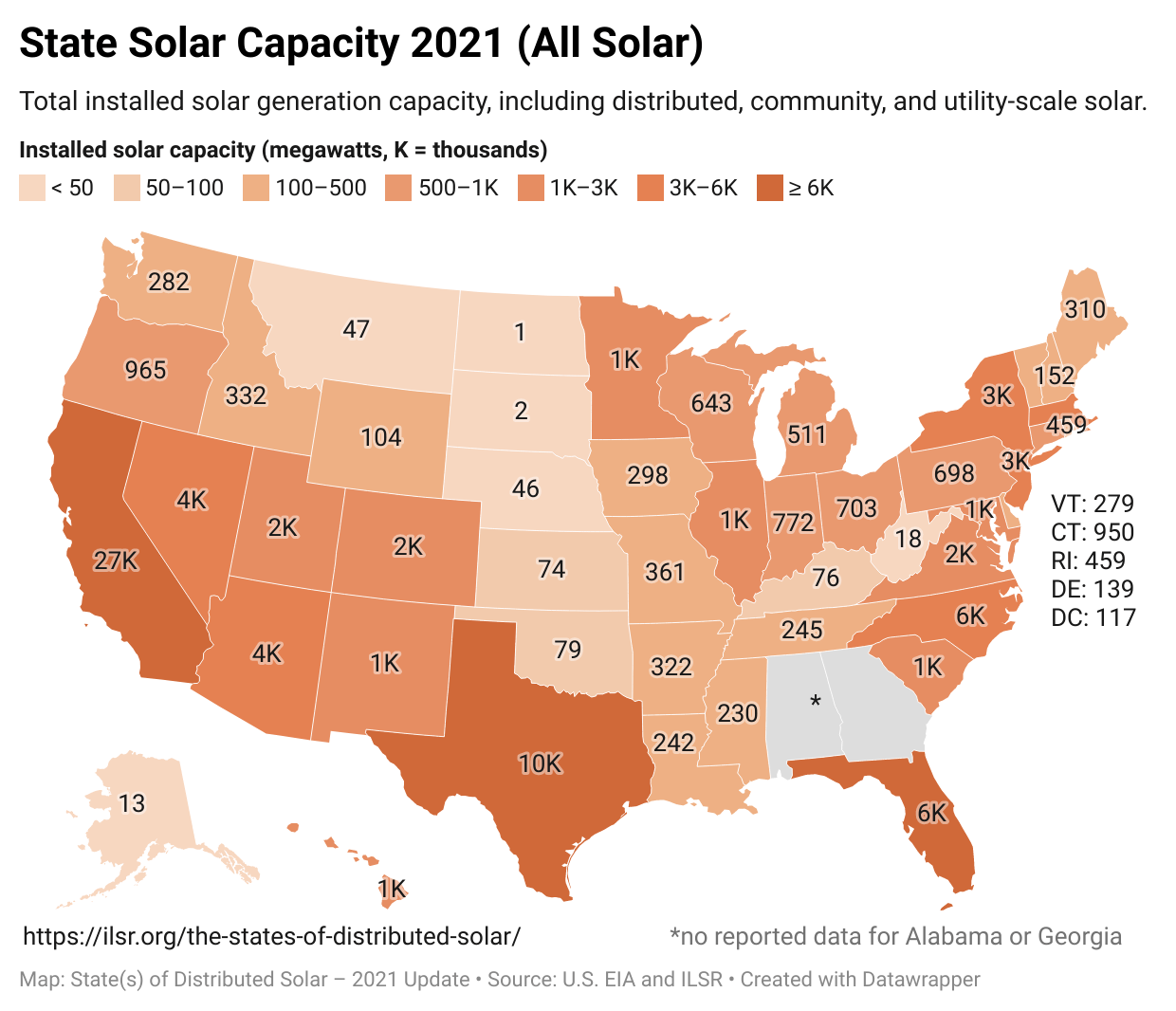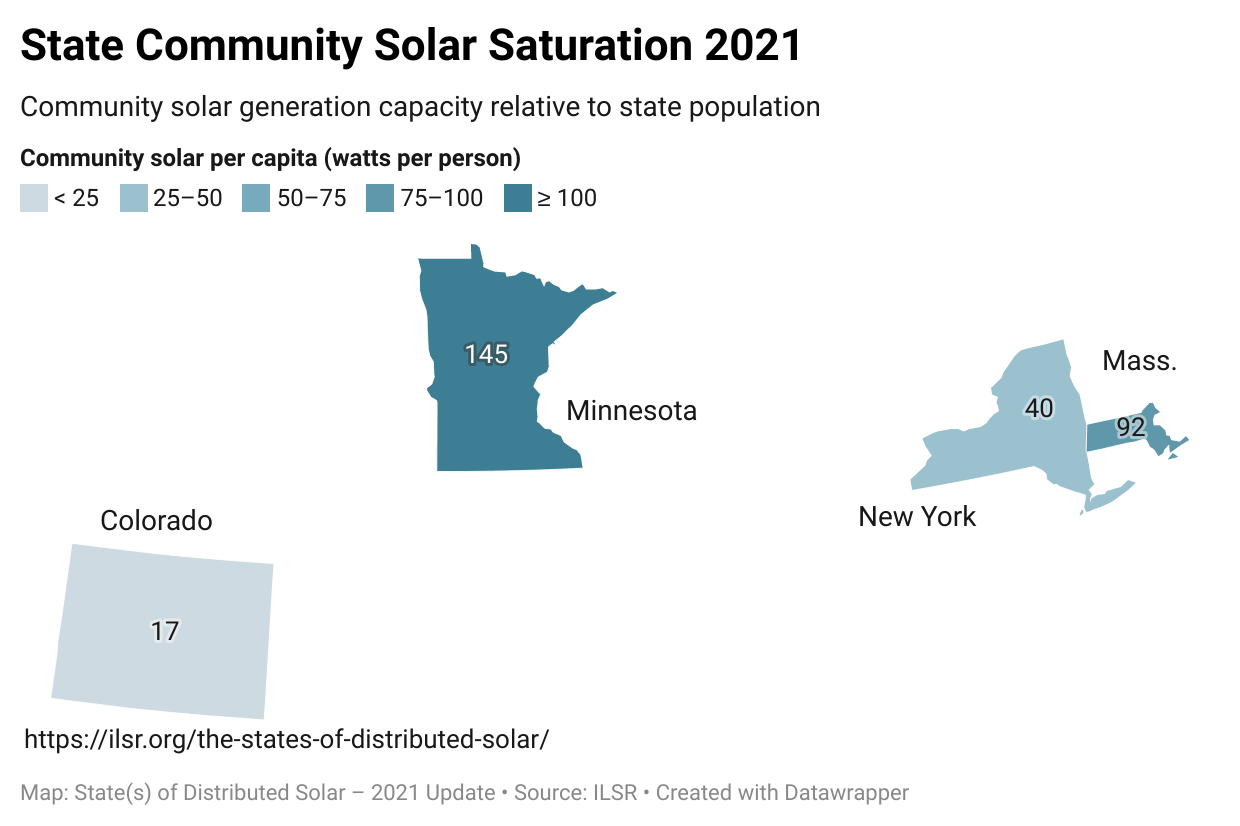Author: SETO Staff 6/30/2022 SETO

Solar Energy Technologies Office
Funding Opportunities and Prizes
Solar Prize Round 6 Is Live
Solar innovators, it’s time to throw your hats in the ring for Round 6 of the American-Made Solar Prize! U.S.-based entrepreneurs are invited to submit ideas for innovative hardware and software solar technologies for a chance to win cash prizes and technical assistance. Apply by Oct. 6 to compete and register for an informational webinar on July 13.
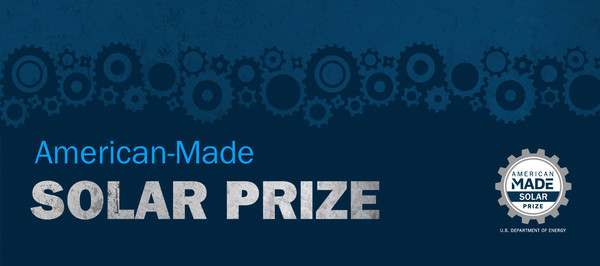
Solar District Cup Class of 2023 Launches
Summer may be just starting, but it’s back to school for the Solar District Cup. DOE’s collegiate competition brings multi-disciplinary student teams together to design solar and storage technologies that reimagine how energy is generated and consumed. Students in engineering, architecture, business, and related fields can apply on a rolling basis through Oct. 6 to compete in the Solar District Cup Class of 2022-2023 for a full academic year.
Perovskite Prize Deadline Approaching
There is still time to apply for the American-Made Perovskite Startup Prize to accelerate the development and manufacturing of perovskite solar cells. Competitors who advance to the next stage of the of the prize will receive $200,000. Assemble your team and apply by July 28.
Some Light 🌞 Reading
Peeking at Pollinators Under Solar Arrays
Did you know that pollinators are critical for producing many food crops? SETO is funding work to study the impacts of co-locating ground-mounted solar arrays and habitats for pollinators like bees and butterflies.
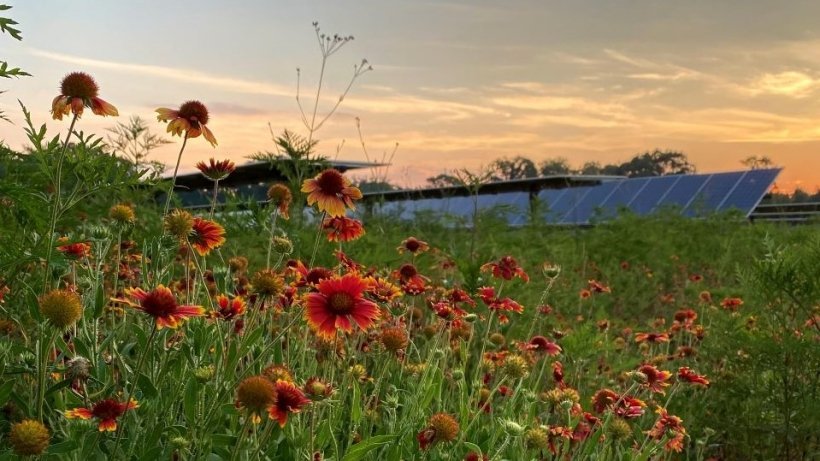
Solar Energy for the People
The People Power Solar Cooperative in Oakland, California is showing that community-owned solar can be financially beneficial for residents. Deviating from the traditional community solar model where members receive a credit on their electric utility bill, these member-owners invest directly in a solar project and earn money as it sells energy, allowing them to distribute wealth within the community.
Apply for a Fellowship with SETO
Do you want to work with SETO to advance solar technologies and deployment? Apply for a Science and Technology Policy Fellowship by July 15! Students, researchers, and professional scientists are eligible. Selected participants will play an integral role in designing and implementing new initiatives. They will support office-wide research, demonstration, and development efforts in photovoltaic, concentrating solar-thermal power (CSP), and grid integration technologies, as well as solar manufacturing, behavioral science, data analysis, environmental justice, and communications.
Request for Information: Transforming Mines into Clean Energy Hubs
DOE is seeking responses to inform a $500 million program funded by President Biden’s Bipartisan Infrastructure Law to place clean energy demonstration projects on current or former mine lands across America. Two of the selected projects must include solar energy. Submit your response by email to mineland@hq.doe.gov by Aug. 15 at 5 p.m. ET.
Solar Jobs Are on the Rise
Energy jobs grew faster than all U.S. employment in 2021, according to DOE’s annual U.S. Energy and Employment Report. Solar energy jobs increased by 5% to more than 330,000 jobs in 2021.
Upcoming Events
Webinar: American-Made Solar Prize Round 6
July 13 | 2 p.m. ETLearn how to compete in Round 6 of the Solar Prize—a competition designed to energize U.S. solar innovation.
IEEE Power & Energy Society (PES) General Meeting
July 17-21Members of SETO’s systems integration team will speak at the IEEE PES General Meeting in Denver, Colorado.
SolarAPP+ Industry Roundtable for Local Authorities and Installers
July 21 | 1 p.m. ETJoin a roundtable of solar industry leaders and government officials to learn how SolarAPP+ can save your community time and money.
In Case You Missed It
USDA Pollinator Week
SETO joined the U.S. Department of Agriculture to celebrate the critical role pollinators play in agriculture and promote research into the benefits of growing pollinator-friendly plants under or near solar arrays.
Webinar: Energyshed: Exploring Place-Based Generation
Download the slides from informational webinar about the new $10 million funding opportunity for projects that will help local decision-makers assess the impacts of electricity generated and used within a discrete geographic area
Watch the recording of Sandia’s CSP program discussion on the challenges of working with fluid temperatures at 750° C or above.
Learn more about SETO or DOE’s Office of Energy Efficiency and Renewable Energy.



